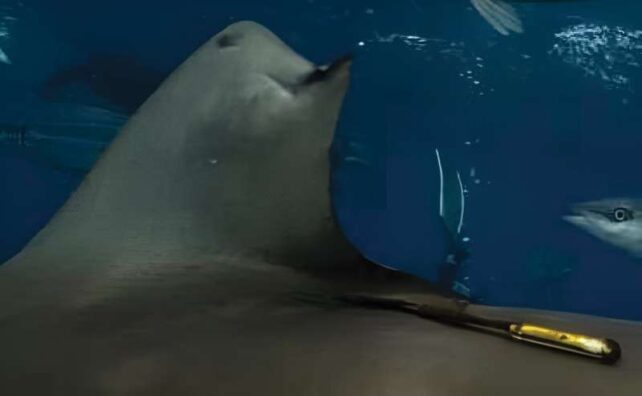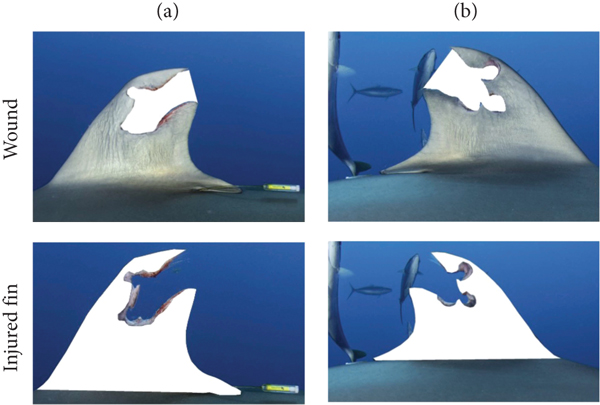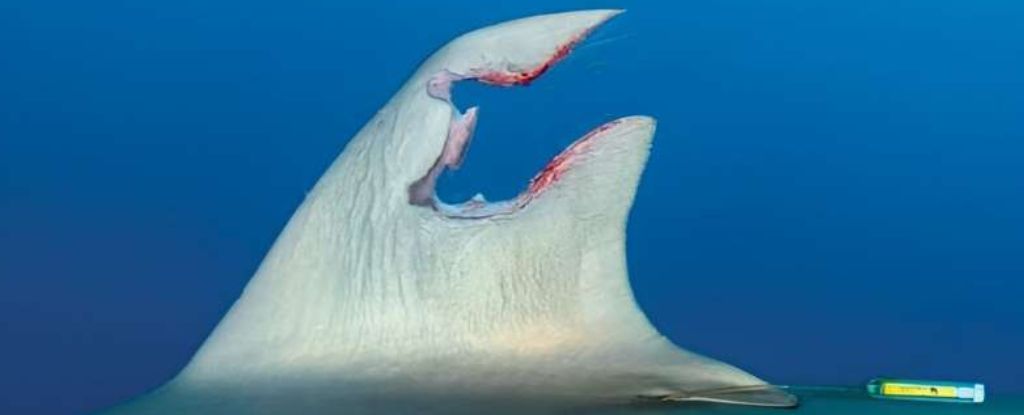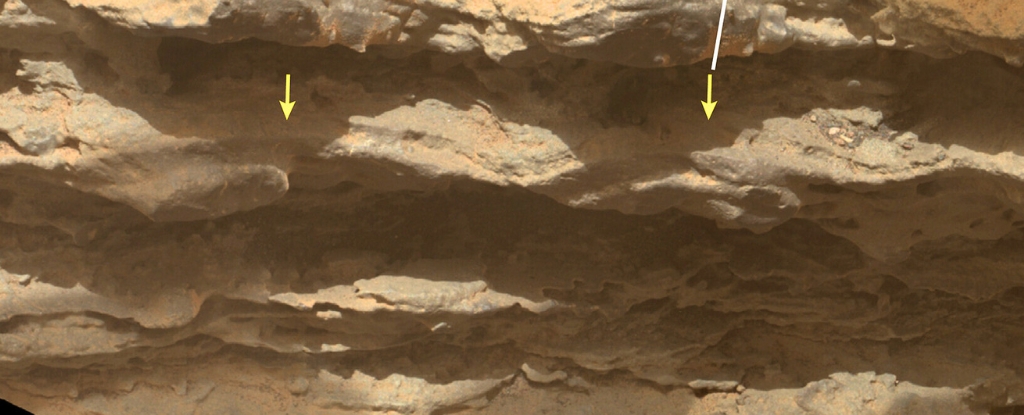A silky shark photographed with a massive tear in its dorsal fin has reappeared with an astonishing makeover nearly a year after it was first discovered with the injury.
The shark was initially spotted off the coast of Florida by an underwater photographer and diver in July of 2022.
A huge chunk was missing from its dorsal fin, equalling about 20 percent of the whole appendage. The position of the tear was just where the creature had been previously tagged by scientists.
It seems that somebody caught this silky shark (Carcharhinus falciformis), possibly as a mistake during fishing, and purposefully removed its tag with a sharp object. The reasons why remain unknown.
The result left the shark’s dorsal fin so butchered that on seeing the photo, researcher Chelsea Black from the University of Miami thought the creature would struggle to swim well enough to feed.
To her great surprise, however, the shark showed up 332 days later looking remarkably put together.
It had regained about 87 percent of its fin back and was swimming normally. The shark was in seemingly good health.

With nothing but images of its gross anatomy to go on, researchers can’t be sure if this remarkable healing process is due to new tissue, scar tissue growth, or fusion of the wound bordering parts. But compared to previous photos of this particular silky shark, the new fin has slightly different coloring.
As such, Black suspects that the top part of the fin fused with the bottom part and formed new tissue in the middle, which looks lighter than the surrounding skin.
It’s unclear if this new tissue is cartilaginous like the rest of the fin or merely scar tissue.

“Prior to this study, there existed only one other documented case of dorsal fin regeneration making this study only the second record of dorsal fin regeneration in sharks to the author’s knowledge,” writes Black.
Sharks and rays have a seemingly supernatural ability to heal their wounds, and yet because of their elusive lifestyle, scientists know very little about this remarkably rapid process.
In 1978, an early study found that the skin of nurse sharks and leopard sharks can regenerate after just three weeks.
In 2017, a great white shark was documented with a heavily torn dorsal fin off the coast of Massachusetts in the United States. A few years later, the shark’s fin looked as though it had been surgically sutured back together.
This #WhiteSharkWednesday features the ability of sharks healing. White shark “Crescent” was seen with some serious injuries in 2017 with a split dorsal fin. The research team saw him in 2022 and was able to see that his dorsal fin “zipped” back up! Incredible! pic.twitter.com/oTyRl6GlgI
— Atlantic White Shark Conservancy (@A_WhiteShark) February 8, 2023
But while wound healing rates among sharks have been studied before, the complete regeneration of the dorsal fin is a success story officially documented only among whale sharks, and now silky sharks.
In 2006, a juvenile male whale shark was sighted with a dorsal fin that had been brutally amputated at the top.
Five years later, the individual was spotted again with a completely regrown dorsal fin, probably from a combination of scar tissue and regenerated tissue.
Black suspects that a full amputation would result in the complete loss of a fin. The remnants of some blood flow and tissue, however, seem to allow for regeneration.
The recent observations in Florida suggest other species, like silky sharks, can also achieve similar feats, at least in some situations.
“While the incident of injury remains disheartening, the outcome has provided an extraordinary opportunity to investigate the healing and regenerative abilities of silky sharks following both natural and human-induced injury,” writes Black.
She hopes to catch another glimpse of the silky shark to see how it’s coping in the years to come.
The study was published in the Journal of Marine Sciences.





